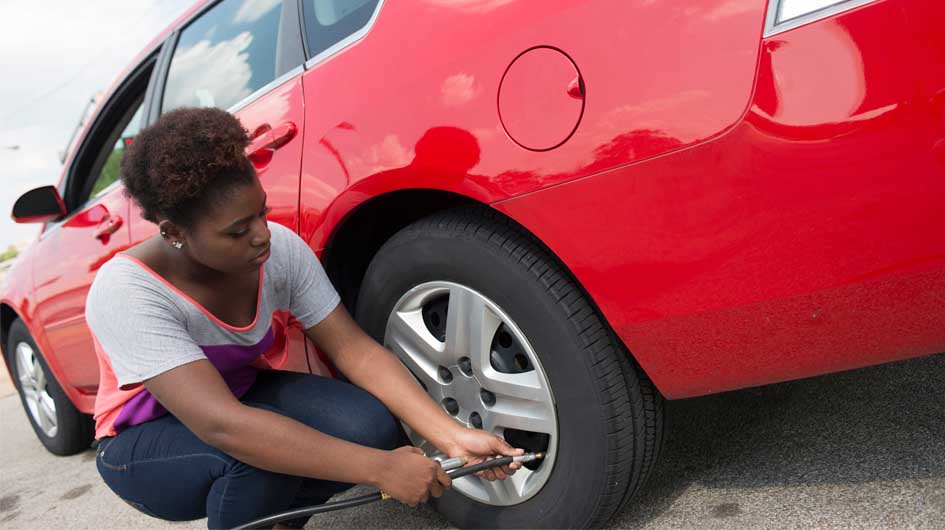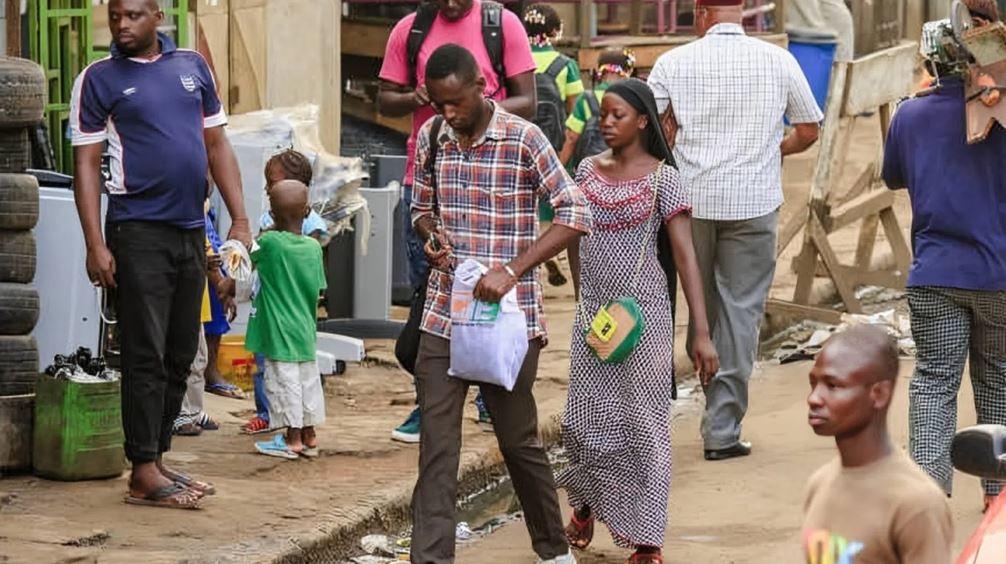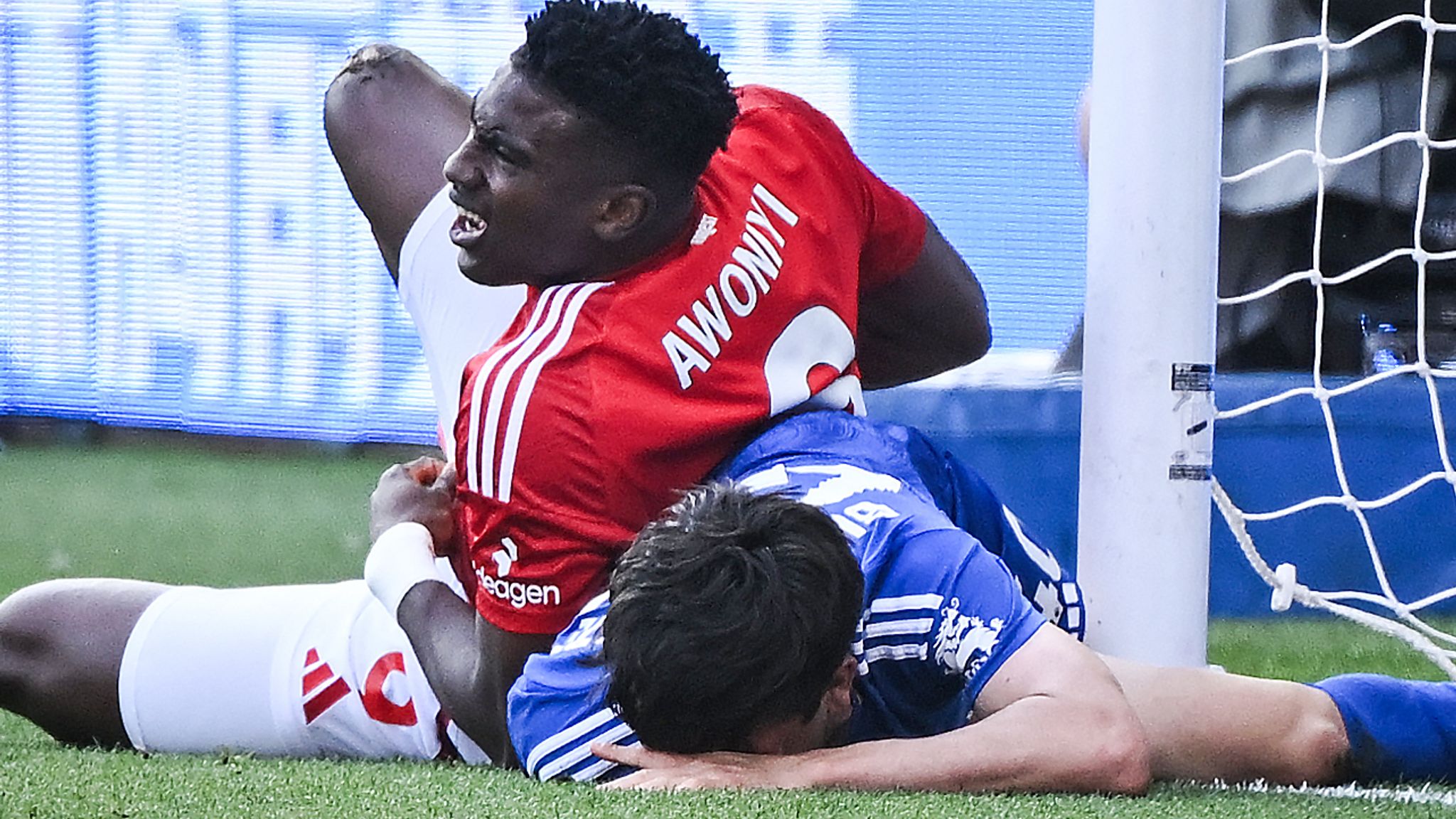Driving can be good fun if your car is in a perfect shape. Experts advise motorists to ensure their vehicles are in order before embarking on any trip, no matter how short in order to avert a breakdown.
A car coach, Shelby Fix, who warns that your first breakdown may be a little scary, urges motorists to stay calm. She offers seven safety tips.
- Get your car off the road. No matter what the issue is with your vehicle, if you are able, it is very important to pull your vehicle over to the side of the road. Make sure to turn your hazard lights on so the other drivers on the road know that something is wrong and/or that you are slowing down.
When you get to the side of the road, put your car in park; engage the emergency brake and turn your steering wheel away from the road/traffic. Also, don’t get out of the car if it is stranded in traffic, especially if you are stuck on a busy highway.
- Call for help. Call roadside assistance for your vehicle. Make sure to always carry your cell phone and a charger with you.
- Advise others that you are in trouble. Putting on your hazard lights is a very important thing to do in this situation, but it does not necessarily let other drivers know that you have car problems. If you are far enough on the shoulder and you can get out safely, it is an extra notification to other drivers when you put a flare or an LED emergency light about 50 feet behind your car.
NOTE: If you feel that it is not safe to get out of your vehicle, just stay with your seatbelt fastened until help comes.
- Stay with your vehicle. This is important for multiple reasons. First, it is best if you stay in your vehicle and continue to have your seatbelt on. If it is unsafe to remain in the car, then being away from the roadway and stepping over a barrier is an option until help comes.
Second, if you call roadside assistance, they usually cannot help you unless the driver is present.
Third, roads are very dangerous places for people on foot. Statistics show that about 4,000 pedestrians are killed each year in the US. The figure is higher in Africa, including Nigeria. The situation can be far more deadly when cars are driving at 100km/h or more.
- It is probably not the best time to take a stab at auto repair. If you have some experience with basic maintenance, you might be able to identify the issue. If you have a flat tyre and you have never changed a tyre before, you can either use a tyre inflation product or call roadside assistance. Changing your tyres can be tricky and if you are on the shoulder of a highway, it is not the ideal time and place to learn how to do it.
- Use common sense. Everyone’s experience is a little different when it comes to vehicles breaking down. It depends on where you are, the time of day, what you are driving, and the problem. It is important to know what is going on around you while the vehicle is stopped.
- Be careful of strangers. Your parents probably told you this a thousand times, but it is important to keep in mind. There are plenty of great people out there eager to help people in trouble. However, there are also a handful of bad people out there that can put you in danger. If a stranger pulls over and offers to help you, it is probably best to remain in the car with your doors locked. You can roll down the window slightly and tell them help is on the way. Call the police if need be. Unfortunately, we need to be more careful with people these days, so please remember, safety first!
Finally, you may be able to prevent most breakdowns with regular maintenance. Try your best not to put yourself in this sort of situation. Having basic knowledge of what to check before going on a drive can help you in the long run
























